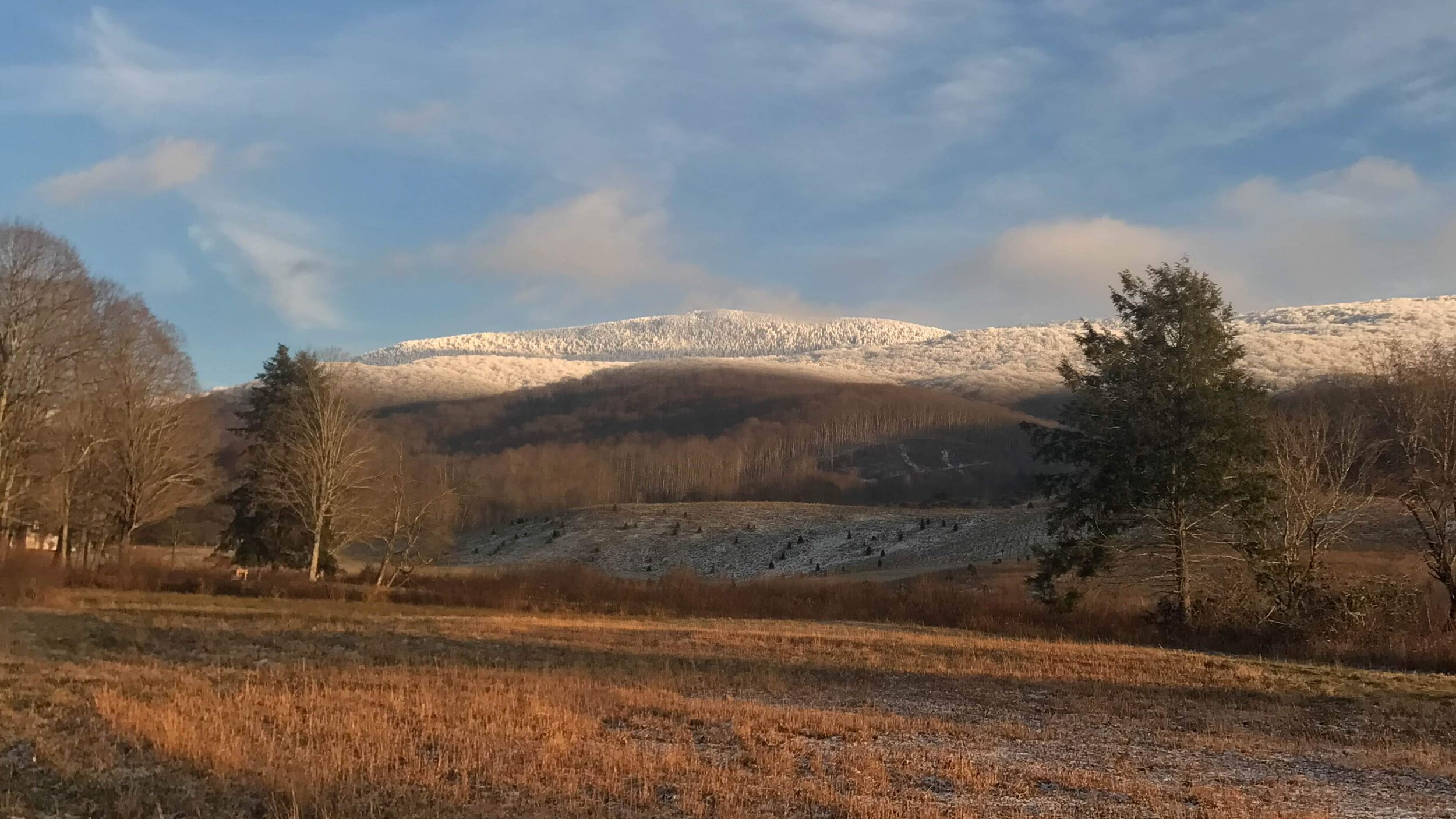

Moons of the Year
As April’s full moon is overhead, let’s look at the cultural significance of moons and why we have moon phases at all!

Upcoming Events
As the temperatures cool down, Blue Ridge Discovery Center isn’t slowing down! With darkness settling in sooner in the evenings, we are entering the prime season for stargazing. And with trees and shrubs losing their foliage, the winter months allow for fewer visual obstructions during birdwatching, including sighting rare wintering birds from the far north. There’s something for everyone over the coming months. Join us! Click event titles for more information.

Stars, Planets and More!
In keeping with the mission of BRDC to inspire curiosity and discovery, 12 students from Galax Middle school traveled to Winston Salem to visit the new Kaleideum North.

A Field Trip to SciWorks
Eight energized students from Galax Middle School joined BRDC staff for a day of exploration at SciWorks in Winston Salem, Saturday, November 12.